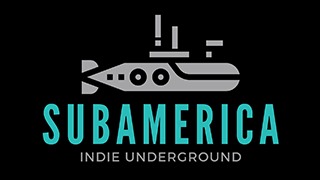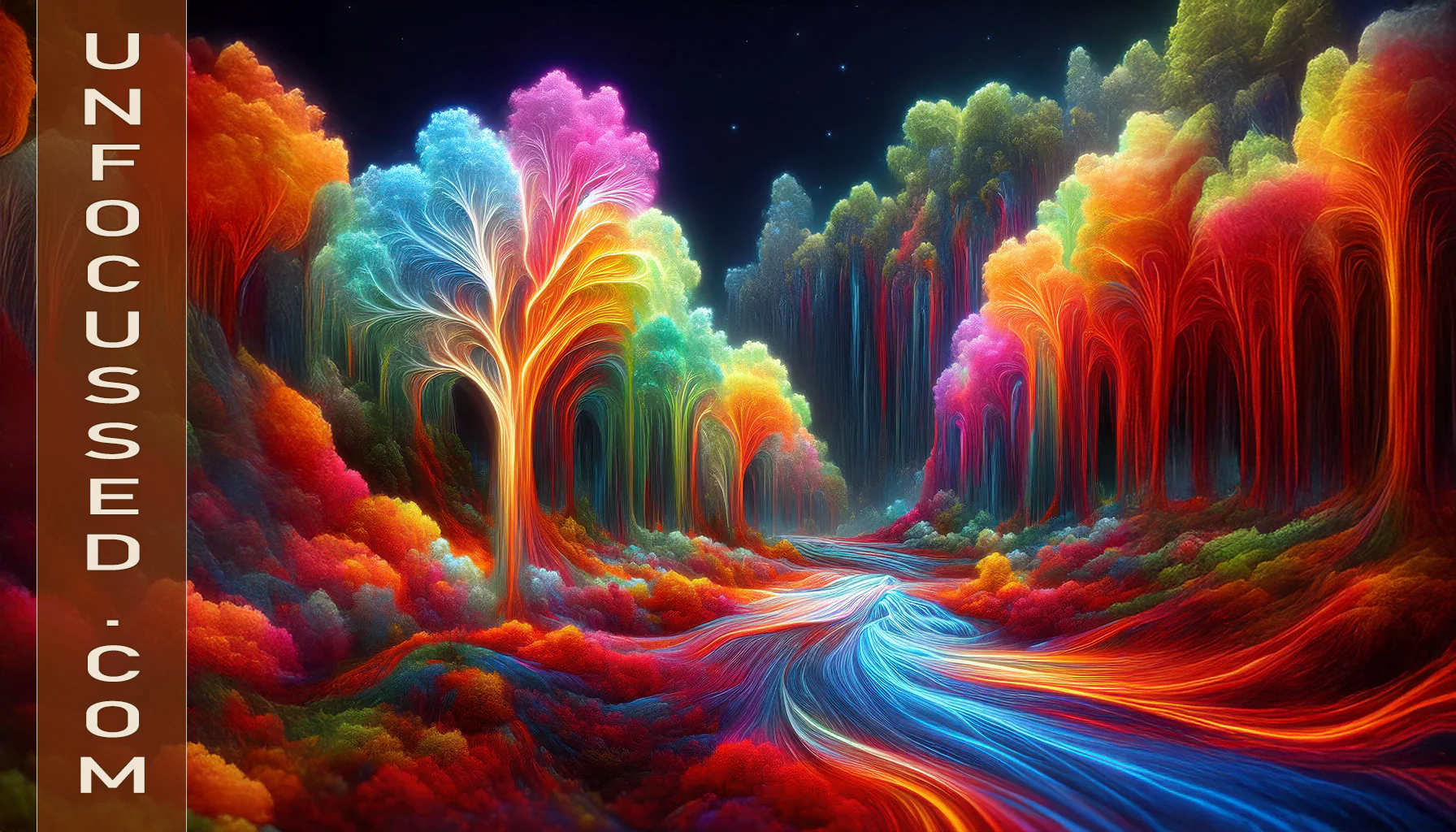Introduction
Welcome to Subamerica, the underground nexus where independent music, punk culture, alternative media, and indie video art collide—unfiltered, authentic, and vividly real. Today, we’re diving into another medium that pulses with raw energy: visual poetry. Like the artists just outside the mainstream, visual poets wield language not only for meaning but for sight, shape, and sensation. It’s a genre that makes you see as much as you read, and at Subamerica, we honor makers who allow their words to transgress borders and ignite new forms of perception.
What Is Visual Poetry—and How It Works
Visual poetry is a genre-bending art in which words blend with visual design to become an expressive entity. Visual poetry is different from traditional verse since it gives importance to layout, typography, imagery, and all visual aspects as a part of meaning—stuffing around it
The Poetry Foundation
Some poems preserve poetic narrative or syntax, but others welcome abstraction—asking readers to interpret words, shapes, and symbols at the same time
The Poetry Foundation
Such as Calligrammes by Guillaume Apollinaire (1918), which organized verse into forms that intensified meaning through shape
In India, Chitra-kāvya (picture-poetry) ancient tradition employed Sanskrit verse organized into lotus or chariot forms—visually and verbally evocative
Visual poetry is often made with unconventional instruments—collage, typewriters, digital design, sketchbooks, even PowerPoint—to write texts that resemble drawings, abstract designs, or even tapestries woven
The Poetry Foundation
.
Essentially, visual poetry questions: can language be experienced visually? At Subamerica, this reflects the way underground artists sonically disrupt conventions—here, words disrupt convention about what a poem can look like.
5 FAQs
1. How is visual poetry different from traditional or concrete poetry?
Visual poetry can emerge out of concrete poetry, but then frequently moves beyond it. Concrete poetry manipulates words to make a picture, whereas visual poetry utilizes layout, medium, and design itself as part of the content, sometimes with little or no linguistic material
2. What are some tools that creators can use to develop visual poetry?
Creators become creative: from typewriter drawings, handwritten typographic art, and collage pieces, to multimedia sketches and digital design—even video-based visual poems—all to blend visual and verbal language
3. Are there precedents in history?
Yes. Apollinaire’s Calligrammes gave shape to words that became visual icons
In India, Sanskrit verses were shaped into lotus and chariot forms by Chitra-kāvya
These traditions demonstrate visual poetry isn’t new—it’s ageless.
4. Why would Subamerica adopt visual poetry?
Visual poetry’s experimental nature appeals to Subamerica’s spirit—a free, unfiltered, community-based art form. It provides an additional outlet for underground artists to communicate identity, feeling, and defiance through means other than sound or video.
5. How can Subamerica fans experience visual poetry?
Viewers can browse exhibitions of word-picture paintings, observe artists trying out typographic design or electronic formats, and experience singular performances fusing text, video, and art. Subamerica visual poetry offers not only reading—but seeing purposefully.
Conclusion
Visual poetry isn’t something to be read—it’s something to look at, to feel, to sense. It’s a reflection of the punk-rock spirit of independent art: unapologetic, experimental, and uncompromised. At Subamerica, we celebrate artists who are brave enough to redefine language and how it lands on the page.
Ready to explore this new, visual landscape? Join Subamerica and enter a world where words are art, voices are visuals, and imagination has no limits.

